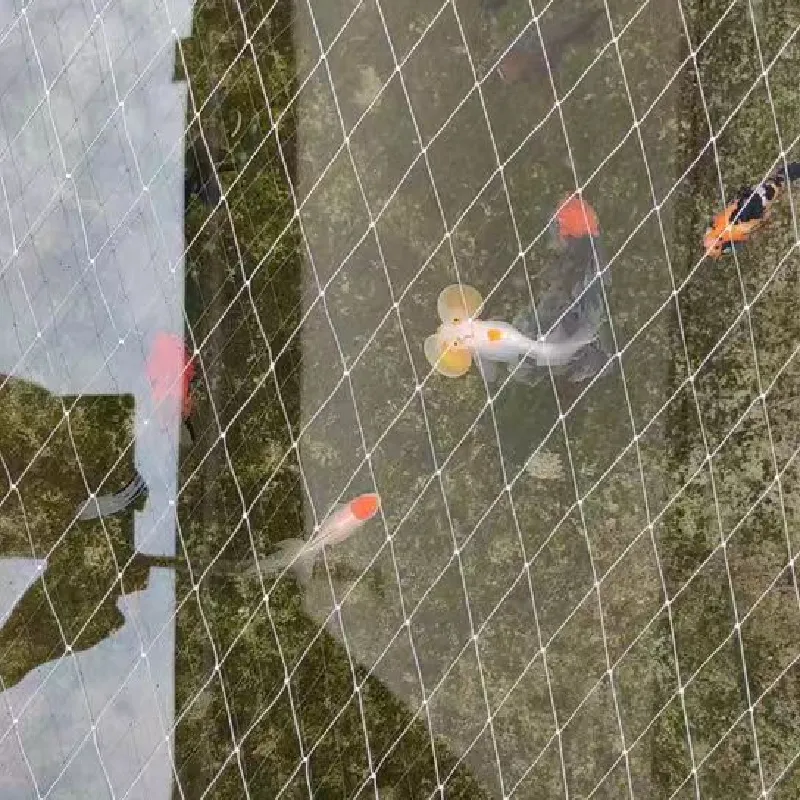-
 Afrikaans
Afrikaans -
 Albanian
Albanian -
 Amharic
Amharic -
 Arabic
Arabic -
 Armenian
Armenian -
 Azerbaijani
Azerbaijani -
 Basque
Basque -
 Belarusian
Belarusian -
 Bengali
Bengali -
 Bosnian
Bosnian -
 Bulgarian
Bulgarian -
 Catalan
Catalan -
 Cebuano
Cebuano -
 China
China -
 Corsican
Corsican -
 Croatian
Croatian -
 Czech
Czech -
 Danish
Danish -
 Dutch
Dutch -
 English
English -
 Esperanto
Esperanto -
 Estonian
Estonian -
 Finnish
Finnish -
 French
French -
 Frisian
Frisian -
 Galician
Galician -
 Georgian
Georgian -
 German
German -
 Greek
Greek -
 Gujarati
Gujarati -
 Haitian Creole
Haitian Creole -
 hausa
hausa -
 hawaiian
hawaiian -
 Hebrew
Hebrew -
 Hindi
Hindi -
 Miao
Miao -
 Hungarian
Hungarian -
 Icelandic
Icelandic -
 igbo
igbo -
 Indonesian
Indonesian -
 irish
irish -
 Italian
Italian -
 Japanese
Japanese -
 Javanese
Javanese -
 Kannada
Kannada -
 kazakh
kazakh -
 Khmer
Khmer -
 Rwandese
Rwandese -
 Korean
Korean -
 Kurdish
Kurdish -
 Kyrgyz
Kyrgyz -
 Lao
Lao -
 Latin
Latin -
 Latvian
Latvian -
 Lithuanian
Lithuanian -
 Luxembourgish
Luxembourgish -
 Macedonian
Macedonian -
 Malgashi
Malgashi -
 Malay
Malay -
 Malayalam
Malayalam -
 Maltese
Maltese -
 Maori
Maori -
 Marathi
Marathi -
 Mongolian
Mongolian -
 Myanmar
Myanmar -
 Nepali
Nepali -
 Norwegian
Norwegian -
 Norwegian
Norwegian -
 Occitan
Occitan -
 Pashto
Pashto -
 Persian
Persian -
 Polish
Polish -
 Portuguese
Portuguese -
 Punjabi
Punjabi -
 Romanian
Romanian -
 Russian
Russian -
 Samoan
Samoan -
 Scottish Gaelic
Scottish Gaelic -
 Serbian
Serbian -
 Sesotho
Sesotho -
 Shona
Shona -
 Sindhi
Sindhi -
 Sinhala
Sinhala -
 Slovak
Slovak -
 Slovenian
Slovenian -
 Somali
Somali -
 Spanish
Spanish -
 Sundanese
Sundanese -
 Swahili
Swahili -
 Swedish
Swedish -
 Tagalog
Tagalog -
 Tajik
Tajik -
 Tamil
Tamil -
 Tatar
Tatar -
 Telugu
Telugu -
 Thai
Thai -
 Turkish
Turkish -
 Turkmen
Turkmen -
 Ukrainian
Ukrainian -
 Urdu
Urdu -
 Uighur
Uighur -
 Uzbek
Uzbek -
 Vietnamese
Vietnamese -
 Welsh
Welsh -
 Bantu
Bantu -
 Yiddish
Yiddish -
 Yoruba
Yoruba -
 Zulu
Zulu
anti hail
The Importance of Anti-Hail Measures in Agriculture
Hailstorms pose a significant threat to agricultural productivity, particularly in regions where crop farming is a primary economic activity. The unpredictable nature of hail can result in devastating losses, leading to food shortages and economic strain on farmers and communities alike. As climate change continues to exacerbate weather extremes, the need for effective anti-hail measures is becoming increasingly critical. This article explores various strategies and technologies designed to mitigate the impact of hail on crops and the broader agricultural landscape.
Hail is formed when updrafts in thunderstorms carry water droplets upward into extremely cold areas of the atmosphere, causing them to freeze into ice pellets. When these pellets grow too heavy for the updrafts to support, they fall to the ground with considerable force, which can result in significant damage to crops, infrastructure, and livestock. The size of hailstones can vary, but even small stones can inflict substantial harm, creating an urgent need for protective measures.
The Importance of Anti-Hail Measures in Agriculture
Another innovative approach to combatting hail is through cloud seeding, a weather modification technique that involves dispersing substances into the atmosphere to encourage rainfall or alter storm patterns. While cloud seeding has been debated regarding its efficacy and ethical implications, it has shown promise in some regions for reducing hailstone size and frequency, thereby minimizing potential damage to agricultural fields. Governments and agricultural organizations in areas prone to hailstorms are increasingly investing in research to understand the viability of cloud seeding as a preventive measure.
anti hail

Additionally, investing in insurance programs specifically tailored for hail damage has become a crucial aspect of agricultural risk management. These insurance policies enable farmers to recover financial losses resulting from hailstorms, providing a safety net that encourages them to undertake more sustainable farming practices. By alleviating the financial burden associated with hail damage, insurance programs can contribute to the stability of food production systems and the overall economy of agricultural communities.
Moreover, technological advancements are playing an important role in improving hail damage forecasting and prevention. Remote sensing technologies, such as satellite imaging and drones, allow farmers to monitor weather patterns closely and get real-time alerts about impending hailstorms. This data can enable farmers to take proactive measures, such as harvesting crops early or activating protective systems like hail nets, thereby reducing potential losses.
Education and awareness are also critical in the fight against hail damage. Farmers should be knowledgeable about the risks associated with hailstorms and the various strategies and technologies available to them. Workshops, training programs, and partnerships with agricultural extension services can help disseminate information on best practices for hail protection, ensuring that farmers are equipped to respond effectively.
In conclusion, the threat of hailstorms to agriculture necessitates a multifaceted approach to risk management. From protective structures and cloud seeding initiatives to insurance programs and advanced technology for forecasting, the arsenal against hail damage is growing. As climate change continues to impact weather patterns, the development and implementation of effective anti-hail measures will be vital in sustaining agricultural productivity and ensuring food security. By embracing innovation and fostering a culture of preparedness, farmers can safeguard their livelihoods and contribute to resilient agricultural systems in the face of nature’s challenges.
-
Shipping Plastic Bags for Every NeedNewsJul.24,2025
-
Safety Netting: Your Shield in ConstructionNewsJul.24,2025
-
Plastic Mesh Netting for Everyday UseNewsJul.24,2025
-
Nylon Netting for Every UseNewsJul.24,2025
-
Mesh Breeder Box for Fish TanksNewsJul.24,2025
-
Expanded Steel Mesh Offers Durable VersatilityNewsJul.24,2025











